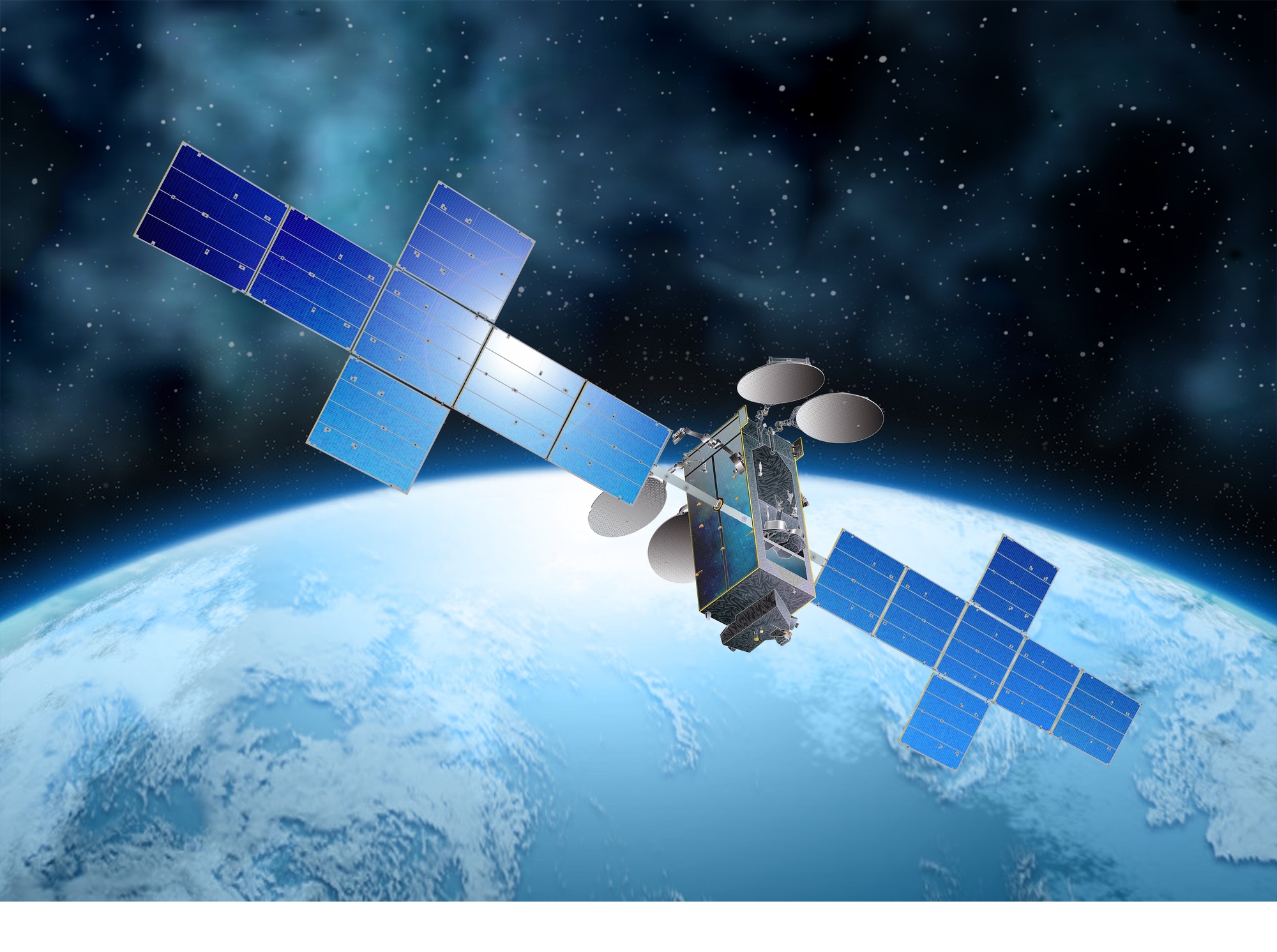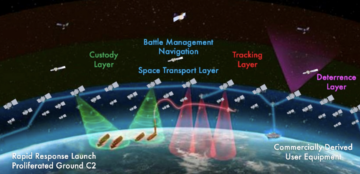
WASHINGTON — Manufacturers of traditional geostationary communications satellites insist demand for their products is not going away thanks to technological advances and interest in multi-orbit solutions.
During a panel at the Satellite 2024 conference here March 24, executives with several manufacturers acknowledged demand for their satellites had dropped significantly from historical levels of 20 to 25 orders a year but that the market itself was not dying.
“GEO’s not dead,” said Chris Johnson, chief executive of Maxar Space Systems. “By no means is it dead, but it has evolved.”
He estimated orders had dropped to between 10 and 15 satellites a year, a range that other executives on the panel endorsed. “We still see a market of around 10 commercial GEO satellites a year,” said Hervé Derrey, chief executive of Thales Alenia Space. “There is an adjustment of that market. It is lower than it was five to seven years ago.”
Those companies argued that demand would not further drop because of both the business case of GEO satellites and technological innovations. Ryan Reid, president of Boeing Satellite Systems International, said GEO satellites would continue to play a role in multi-orbit solutions in combination with low Earth orbit constellations. “GEO is the best way to get the economics of bandwidth.”
A key reason for that, they argued, is the greater adoption of software-defined reconfigurable payloads that provide greater flexibility for customers, including maximizing their capacity, said Alain Faure, executive vice president for space systems at Airbus Defence and Space. “With reconfigurability in orbit, I don’t see that GEO is dead.”
They acknowledged, though, that markets are changing, emphasizing greater work with government customers as well as moving beyond GEO communications satellites into other markets. They also said how they work with customers is shifting.
“We are changing our relationship with our traditional customers,” Derrey said, moving away from the model of responding to traditional requests for proposals. “We’re doing more of a partnership kind of approach.”
Mike Greenley, chief executive of MDA Space, noted his company builds non-GEO satellites, like Telesat’s Lightspeed constellation, while providing components for GEO satellite manufacturers. “We absolutely believe in the sustainment of the GEO side,” he said, adding it was important to have a “strong and healthy” GEO business.
Notably absent from the panel were representatives of companies that produce “micro GEO” spacecraft weighing only a few hundred kilograms intended to serve specific, narrow markets. According to data from consultancy NSR presented during the panel, two such micro GEO manufacturers, Astranis and SWISSto12, accounted for nearly three-fourths of all commercial GEO satellite orders announced in 2023. Astranis announced another order for a micro GEO satellite, for Argentine company Orbith, March 18.
The traditional GEO satellite manufacturers did not discuss this specific line of spacecrafts, but one suggested there may be a move back towards larger GEO satellites in the future as new low-cost launch options emerge.
“There’s a lot of discussion about making things smaller. What happens when heavy launch comes to bear?” asked Johnson. “There could be opportunities to make things more cost effective and larger.”
“The GEO renaissance will be here before we know it,” he added.
- SEO Powered Content & PR Distribution. Get Amplified Today.
- PlatoData.Network Vertical Generative Ai. Empower Yourself. Access Here.
- PlatoAiStream. Web3 Intelligence. Knowledge Amplified. Access Here.
- PlatoESG. Carbon, CleanTech, Energy, Environment, Solar, Waste Management. Access Here.
- PlatoHealth. Biotech and Clinical Trials Intelligence. Access Here.
- Source: https://spacenews.com/satellite-manufacturers-defend-diminished-geo-market/
- :has
- :is
- :not
- 10
- 15%
- 20
- 2023
- 2024
- 24
- 25
- a
- About
- absent
- absolutely
- According
- accounted
- acknowledged
- added
- adding
- Adjustment
- Adoption
- advances
- ago
- Airbus
- All
- also
- an
- and
- announced
- Another
- approach
- ARE
- Argentine
- argued
- around
- AS
- asked
- At
- away
- back
- Bandwidth
- BE
- Bear
- because
- before
- believe
- BEST
- between
- Beyond
- Boeing
- both
- builds
- business
- but
- Capacity
- case
- changing
- chief
- Chief Executive
- Chris
- combination
- comes
- commercial
- Communications
- Companies
- company
- components
- Conference
- consultancy
- continue
- Cost
- could
- Customers
- data
- dead
- defence
- defend
- Demand
- DID
- discuss
- discussion
- doing
- Dont
- Drop
- dropped
- during
- Dying
- earth
- Economics
- Effective
- emerge
- emphasizing
- endorsed
- estimated
- evolved
- executive
- executives
- few
- five
- Flexibility
- For
- from
- further
- future
- get
- going
- Government
- greater
- had
- happens
- Have
- he
- heavy
- here
- his
- historical
- How
- HTTPS
- hundred
- i
- important
- in
- Including
- innovations
- intended
- interest
- International
- into
- IT
- itself
- Johnson
- jpg
- Key
- Kind
- Know
- larger
- launch
- levels
- lightspeed
- like
- Line
- Lot
- Low
- low-cost
- lower
- make
- Making
- Manufacturers
- March
- Market
- Markets
- maximizing
- May..
- means
- micro
- model
- more
- move
- moving
- narrow
- nearly
- New
- no
- noted
- of
- on
- ONE
- only
- opportunities
- Options
- Orbit
- order
- orders
- Other
- our
- panel
- Partnership
- plato
- Plato Data Intelligence
- PlatoData
- Play
- presented
- president
- produce
- Products
- Proposals
- provide
- providing
- range
- reason
- relationship
- Renaissance
- Representatives
- requests
- responding
- Role
- Ryan
- Said
- satellite
- satellites
- see
- serve
- seven
- several
- SHIFTING
- side
- significantly
- smaller
- Solutions
- Space
- spacecraft
- specific
- Still
- such
- Systems
- technological
- than
- thanks
- that
- The
- The Future
- their
- There.
- they
- things
- this
- though?
- to
- towards
- traditional
- two
- vice
- Vice President
- was
- Way..
- we
- weighing
- WELL
- were
- What
- when
- while
- will
- with
- Work
- would
- year
- years
- zephyrnet









